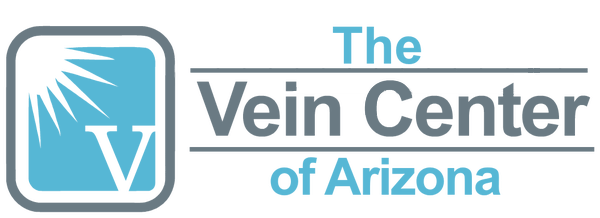Compression Hose – What is The Correct Compression


I am often asked what is the correct compression for me? This is a brief summary of established guidelines in respect to medical compression. This guide is for information purposes only, the advice of your physician takes precedence.
Compression Therapy Guide
8-15 mm Hg [Mild Compression) This level of compression provides relief and minimizes tired and achy legs. Prevents fatigued legs from long periods of standing or sitting. This level of compression also, helps relieve minor swelling of the feet, ankles, and legs. During pregnancy, mild compression helps prevent the formation of varicose and spider veins. In general mild compression helps maintain healthy, energized legs.
15-20 mm Hg (Moderate Compression) This level of compression is used for the prevention and relief of minor to moderate varicose, spider veins and reticular veins. This level of compression helps relieve tired, aching legs, and minor swelling of feet, ankles, and legs. During pregnancy, helps prevent varicose veins and spider veins. Helps prevent deep vein thrombosis (DVT), also known as economy class syndrome. Used in post-sclerotherapy treatment to help prevent the reappearance of varicose veins and spider veins. Ideal compression level used for those traveling long distances.
20-30 mm Hg (Firm Compression) Relief for moderate to severe varicose veins (also during pregnancy). For post-surgical and post-sclerotherapy treatment to help prevent the reappearance of varicose and spider veins. Helps the treatment of moderate to severe edema or lymphatic edema. Helps with the management of active ulcers and manifestations of post-thrombotic syndrome (PTS). Helps relieve superficial thrombophlebitis. Helps reduce symptoms of Orthostatic Hypotension and Postural Hypotension Prevents deep vein thrombosis (DVT), also known as economy class syndrome.
30-40 mm Hg (Extra Firm Compression) For the relief of severe varicose veins. Used in the treatment of severe edema and lymphedema. Used in post-surgical and post-sclerotherapy treatment to help prevent the reappearance of varicose and spider veins. For the management of Venous Ulcers and manifestations of Post-Thrombotic Syndrome (PTS). Helps prevent orthostatic hypotension (sudden fall in blood pressure when standing). Helps prevent deep vein thrombosis (DVT), also known as economy class syndrome.
Buying compression garments (support hose) can be daunting and confusing, to say the least. This simple but proven guide should help you or your physician decide the level of compression that is best depending on your personal medical situation. Use this guide to open up dialogue when talking to your physician. It may be that your physician is not aware of the correct compression as a venous disease is often overlooked. Medical compression, when used correctly, can reduce pain, swelling, discomfort, and increase your venous circulation.
While there are many compression hose garments, and socks on the market, it is imperative that you buy compression garments that are graduated. Graduated compression is when the compression is higher in the foot and reduces compression as you move toward the heart or head. Insurance companies require conservative therapy before approval of vein treatment.
Dr.Paul Larson is the owner of The Vein Center of Arizona.
